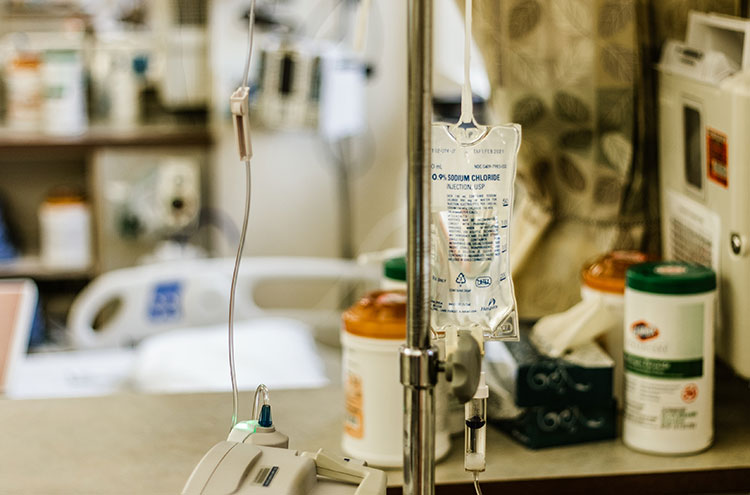Dear Everyone:
As an infectious disease epidemiologist, at this point I feel morally obligated to provide some information on what we are seeing from a transmission dynamic perspective and how they apply to the social distancing measures.
Like any good scientist I have noticed two things that are either not articulated or not present in the “literature” of social media. Specifically, I want to make two aspects of these measures very clear and unambiguous.

This enemy that we are facing is very good at what it does; we are not failing. We need everyone to hold the line as the epidemic inevitably gets worse. This is not my opinion; this is the unforgiving math of epidemics for which I and my colleagues have dedicated our lives to understanding with great nuance, and this disease is no exception. We know what will happen; I want to help the community brace for this impact. Stay strong and with solidarity knowing with absolute certainty that what you are doing is saving lives, even as people begin getting sick and dying.
You may feel like giving in.
Don’t.
Second, although social distancing measures have been (at least temporarily) well-received, there is an obvious-but-overlooked phenomenon when considering groups (i.e. families) in transmission dynamics. While social distancing decreases contact with members of society, it of course increases your contacts with group (i.e. family) members. This small and obvious fact has surprisingly profound implications on disease transmission dynamics. Study after study demonstrates that even if there is only a little bit of connection between groups (i.e. social dinners, playdates/playgrounds, etc.), the epidemic trajectory isn’t much different than if there was no measure in place. The same underlying fundamentals of disease transmission apply, and the result is that the community is left with all of the social and economic disruption but very little public health benefit.
In contrast to hand-washing and other personal measures, social distancing measures are not about individuals, they are about societies working in unison. These measures also take a long time to see the results. It is hard (even for me) to conceptualize how ‘one quick little get together’ can undermine the entire framework of a public health intervention, but it does. I promise you it does. I promise. I promise. I promise.
This is an epidemic. You can’t cheat it. People are already itching to cheat on the social distancing precautions just a “little” ━ a playdate, a haircut, or picking up a needless item at the store, etc. From a transmission dynamics standpoint, this very quickly recreates a highly connected social network that undermines all of the work the community has done so far. Until we get a viable vaccine this unprecedented outbreak will not be overcome in grand, sweeping gesture, rather only by the collection of individual choices our community makes in the coming months. This virus is unforgiving to unwise choices.
My goal in writing this is to prevent communities from getting “sucker-punched” by what the epidemiological community knows will happen in the coming weeks. It will be easy to be drawn to the idea that what we are doing isn’t working and become paralyzed by fear, or to ‘cheat’ a little bit in the coming weeks. By knowing what to expect, and knowing the importance of maintaining these measures, my hope is to encourage continued community spirit, strategizing, and action to persevere in this time of uncertainty.
━ Jonathan Smith, Epidemiologist, Yale University